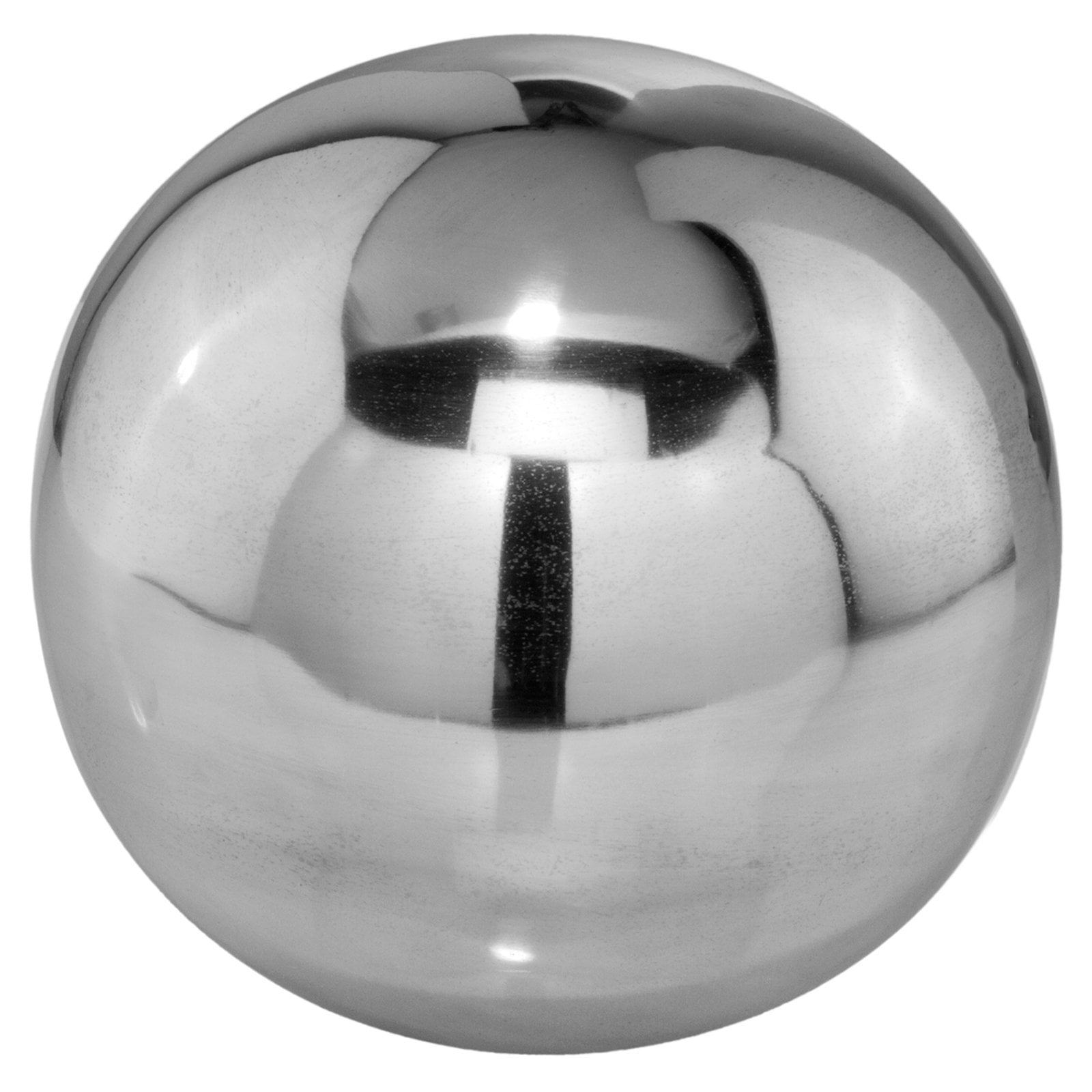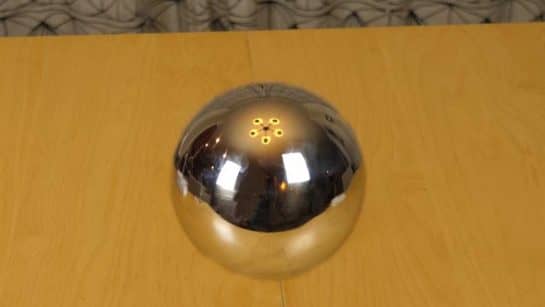

In the second part, he developed some constructions and demonstrations related to the theories that he had mentioned in the first part.Īrchimedes gives a rule of the volume of the sphere in comparison with the cone and cylinder. Then he discussed the surfaces and volumes of some solids, such as the surface area of the sphere as well as its volume. In the first one, Archimedes presented a number of definitions and postulates.

His book The Sphere and Cylinder is composed of two parts. His scientific legacy consists in a group of influential texts presenting several important theories. Archimedes is considered as the best Greek scientist in the fields of mathematics and mechanical engineering. The mathematical problem of the measure of the volume of the sphere is discussed by Archimedes in his known book The Sphere and Cylinder. Finally, a set of conclusions is deduced.įigure 2: Two manuscript pages of the Greek text of Archimedes’ Sphere and Cylinder ( Source). After a historical introduction on the volume of the sphere in Greek and Chinese mathematics, we present a thorough survey of the same topic in the mathematics of the Arabic-Islamic civilization from the 9th to the 17th century, especially in the works of Banu Musa, Abu ‘l-Wafa al-Buzgani, Al-Karaji, Ibn Tahir al-Baghdadi, Ibn al-Haytham, Ibn al-Yasamin, Al-Khawam al-Baghdadi, Kamal al-Din al-Farisi, Jamshid al-Kashi, and Baha’ al-Din al-‘Amili. The fundamental points of our study discuss the following subjects. We begin by surveying the ancient contribution with a presentation of Archimedes’ results in the Greek tradition on this issue, besides a survey of the development of cubic measure of sphere in Chinese mathematics. Thus, some of the mathematicians of the Islamic tradition had the right measure, whilst others had the wrong one and proposed erroneous values.īasically, this research is concerned with the cubic measure of the volume of the sphere in the mathematical tradition of the Arabic civilization. Consequently, the value of π played an important role in the accuracy of the cubic measure. Likewise, they obtained a figure of the volume by finding out a relationship that links the elements of the sphere such as its surface to its radius. Some of them had got a cubic measure of it in comparison with the known volume of solids such as the cone, the cylinder, and so on. The mathematicians of the Arabic civilization endeavoured to find a rule through which the sphere volume can be calculated. The area of the side surface of a circular right-cylinder = S 3įigure 1: A sphere circumscribed in a cylinder: the sphere has two thirds of the volume and surface area of the circumscribing cylinder.The area of the greatest circle in the sphere = S 1.The volume of the sphere in Arabic mathematics The volume of the sphere in Chinese mathematicsģ.

The volume of the sphere in Greeks mathematics: ArchimedesĢ.2. The achievements of eminent scholars are thus presented: Banu Musa, Al-Buzgani, Al-Karaji, Ibn Tahir al-Baghdadi, Ibn al-Haytham, Ibn al-Yasamin, Al-Khawam al-Baghdadi, Kamal al-Din al-Farisi, Jamshid al-Kashi, and Baha' al-Din al-'Amili.Ģ.1. After a short presentation of the Greek and Chinese ancient legacies on this topic, the article surveys thoroughly the different formulas methods proposed by the mathematicians of the Arabic-Islamic civilization from the 9th to the 17th century to measure the volume of the sphere. The following article focuses on the cubic measure of the volume of the sphere in Arabic mathematics.


 0 kommentar(er)
0 kommentar(er)
